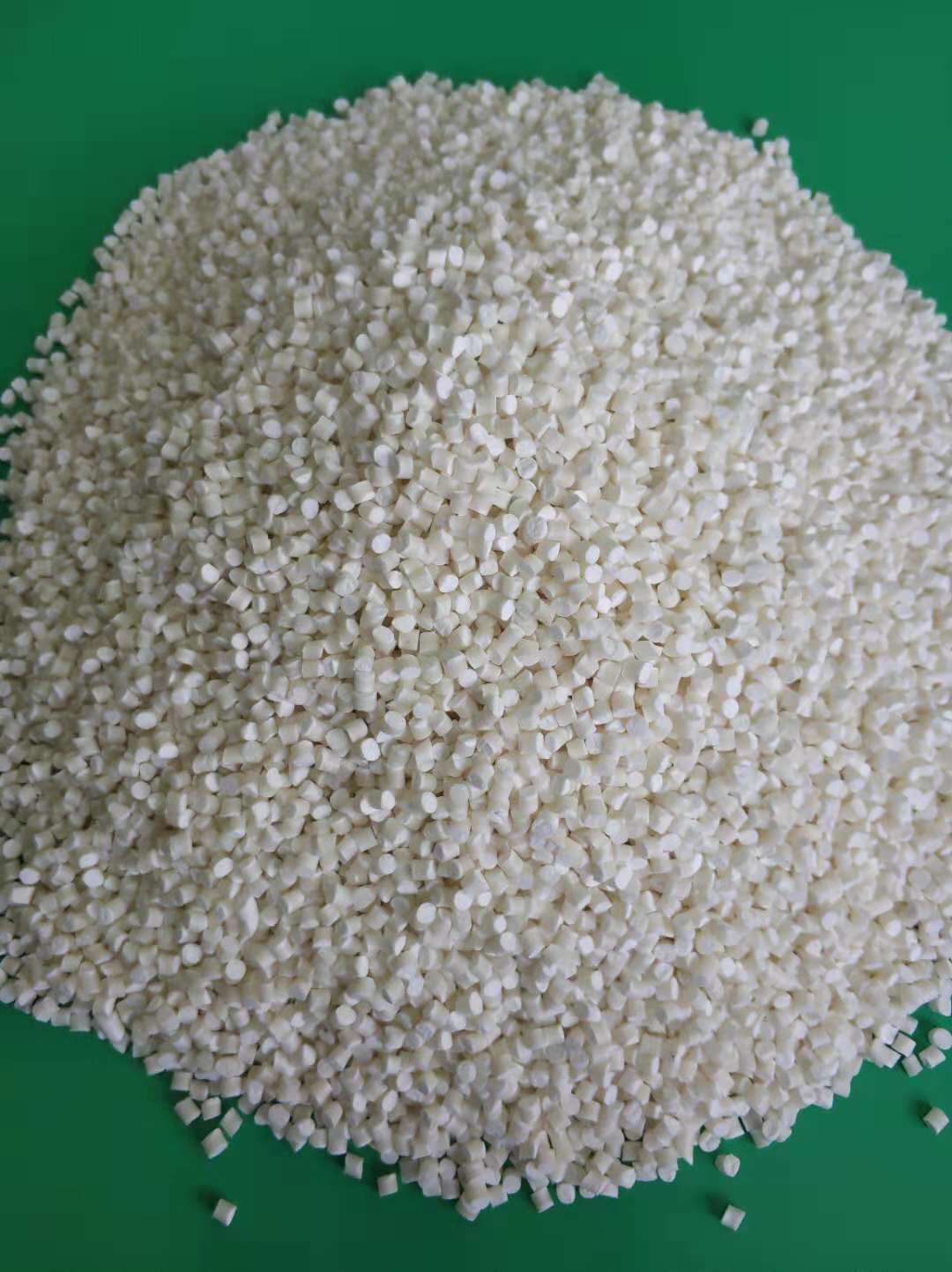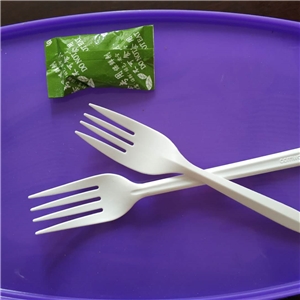-
2018-09-12150碟子
-
2018-09-13一次性環(huán)保餐具-碟子
-
2018-09-14一次性可降解餐具-270ml碗
-
2018-09-14一次性餐具-叉子
-
2018-09-14環(huán)保餐盒
生物降解淀粉顆粒的酶改性方法
為了提高淀粉顆粒對(duì)酶的敏感性,可以對(duì)顆粒進(jìn)行適當(dāng)?shù)念A(yù)處理以提高反應(yīng)效率。目前常用的預(yù)處理方法有水熱處理、超聲波處理、凍融循環(huán)處理和機(jī)械處理等。水熱處理作為一種物理預(yù)處理方式,包括濕熱處理和退火處理,且這兩種方式都會(huì)保留淀粉的顆粒形態(tài)。這兩種方式都需要控制處理過(guò)程中淀粉的含水量、溫度以及加熱時(shí)間。
In order to improve the sensitivity of starch granules to enzymes, the granules can be pretreated appropriately to improve the reaction efficiency. At present, the commonly used pretreatment methods include hydrothermal treatment, ultrasonic treatment, freeze-thaw cycle treatment and mechanical treatment. As a kind of physical pretreatment, hydrothermal treatment includes moist heat treatment and annealing treatment, and both of them will retain the granular morphology of starch. Both methods need to control the water content, temperature and heating time of starch during the treatment.
酶法改性淀粉顆粒要保證在酶改性的過(guò)程中和改性后淀粉的顆粒形態(tài)始終得以保留。淀粉的糊化起始溫度多在60 ℃左右,所以酶改性的溫度一般不超過(guò)60 ℃。
The granule morphology of starch modified by enzyme should be kept during the process of enzyme modification and after modification. The initial gelatinization temperature of starch is usually about 60 ℃, so the temperature of enzymatic modification is generally not more than 60 ℃.
達(dá)到佳的改性時(shí)間后,添加酸或堿滅酶,在適當(dāng)條件下離心后收集的淀粉經(jīng)過(guò)蒸餾水或乙醇溶液洗滌、干燥,后研磨過(guò)篩制得酶法改性的淀粉顆粒。實(shí)驗(yàn)室研究酶法改性淀粉顆粒常用的干燥方法有真空干燥、冷凍干燥和烘箱干燥等。
After the optimal modification time is reached, acid or alkali is added to kill the enzyme, the starch collected after centrifugation under appropriate conditions is washed and dried with distilled water or ethanol solution, and then ground and sieved to obtain enzyme modified starch particles. Vacuum drying, freeze drying and oven drying are the common drying methods for enzymatic modified starch granules.
改性生物降解顆粒的形態(tài)結(jié)構(gòu)通常采用掃描電子顯微鏡進(jìn)行分析。掃描電子顯微鏡圖中可以清晰地觀察到顆粒表面的凹痕和孔洞,還可以根據(jù)不同酶解時(shí)間淀粉顆粒的電子顯微鏡圖推測(cè)出酶對(duì)淀粉顆粒的作用方式和特點(diǎn)。
The morphology of modified biodegradable particles is usually analyzed by scanning electron microscope. The dents and holes on the surface of starch granules can be clearly observed in the scanning electron microscope. The action mode and characteristics of enzymes on starch granules can also be inferred from the electron microscope images of starch granules with different enzymatic hydrolysis time.


酶改性對(duì)淀粉顆粒的晶型和結(jié)晶度有不同程度的影響,這取決于酶和淀粉的種類以及改性時(shí)間。經(jīng)過(guò)分支酶和轉(zhuǎn)葡糖苷酶的組合修飾后,馬鈴薯淀粉的晶型由B型結(jié)晶轉(zhuǎn)變?yōu)镃型結(jié)晶。馬鈴薯淀粉顆粒晶型的轉(zhuǎn)變可能是經(jīng)酶修飾后,支鏈淀粉的B1鏈含量增加,顆粒非結(jié)晶區(qū)的分支密度增加,使分支點(diǎn)間距離的縮短,從而導(dǎo)致淀粉的自發(fā)重結(jié)晶。
Enzyme modification has different effects on the crystal form and crystallinity of starch granules, which depends on the type of enzyme and starch and the modification time. After modification with branching enzyme and transglucosidase, the crystalline form of potato starch changed from B-type to C-type. The transformation of potato starch granule crystal form may be that after enzyme modification, the B1 chain content of amylopectin increases, the branching density of the non crystalline region of the granule increases, and the distance between branching points shortens, resulting in the spontaneous recrystallization of starch.
由于對(duì)淀粉顆粒的改性在非糊化條件下進(jìn)行,所以改性淀粉仍然保留了糊化特性,并且酶對(duì)淀粉顆粒的修飾會(huì)改變其糊化溫度和糊化焓。分支酶修飾木薯淀粉顆粒引起改性淀粉糊化起始溫度、糊化峰值溫度和糊化焓升高。糊化起始溫度的升高是由于淀粉顆粒的形態(tài)發(fā)生了變化,以及直鏈淀粉發(fā)生重結(jié)晶。糊化焓的提高表明改性使淀粉顆粒結(jié)構(gòu)的穩(wěn)定性提高。
Because the modification of starch granules was carried out under non gelatinization conditions, the gelatinization properties of modified starch were still retained, and the gelatinization temperature and enthalpy of starch granules were changed by enzyme modification. Modification of cassava starch granules by branching enzymes resulted in the increase of gelatinization initial temperature, gelatinization peak temperature and gelatinization enthalpy of modified starch. The increase of gelatinization initial temperature was due to the change of starch granule morphology and the recrystallization of amylose. The increase of gelatinization enthalpy showed that the stability of starch granule structure was improved by modification.
以上就是今天為大家分享的關(guān)于問(wèn)題的相關(guān)內(nèi)容,希望對(duì)大家能有所幫助,想要了解更多內(nèi)容可以電話聯(lián)系我們或者關(guān)注我們的網(wǎng)站http://www.fs-sjg.com。
The above is the relevant content about the problem shared for you today. I hope it can help you. If you want to know more, you can contact us by phone or follow our website http://www.fs-sjg.com 。
- 上一個(gè): 三種材料制作健康的可降解餐盒
- 下一個(gè): 一次性環(huán)保餐具材料成型有三個(gè)過(guò)渡階段
 150碟子
150碟子 一次性環(huán)保餐具-...
一次性環(huán)保餐具-... 一次性可降解餐具...
一次性可降解餐具... 一次性餐具-叉子
一次性餐具-叉子 環(huán)保餐盒
環(huán)保餐盒
相關(guān)產(chǎn)品:
相關(guān)新聞:





